With Nissan's Carlos Ghosn Near Fukushima. A Glowing Report

“Due to our proximity to the nuclear power plant in Fukushima, in the beginning, some suppliers and some contractors had problems coming to the plant because there was that uncertainty of radiation,” says Nissan CEO Carlos Ghosn today, standing in front of the final assembly station of Nissan V6 engines made in their plant in Iwaki. That plant indeed is only some 60 miles from the Fukushima power plant, and that’s where we are today.
If you are one of those who ceased eating sushi, and who is afraid that the power plant will melt through the globe, only to reappear somewhere near South Plainfield, New Jersey, then better stop reading. You might die from a heart attack long before you will be consumed by cancer.
On the same day that the partial meltdown at two additional reactors in Fukushima is announced, we hop on a bus in the morning and drive north to Iwaki to have a little celebration.
The Iwaki plant is one of two Nissan engine plants in Japan. Last year, it made more than 560,000 engines. It is strategically important for Nissan’s V-6 engines. It is Nissan’s newest plant in Japan. It came close to being a write-off.
While Nissan has the bulk of its production off the islands of Japan, fate hit Nissan with a targeted strike: On March 11, the Iwaki plant was severely damaged by the record earthquake. The plant was partially repaired in April. On April 11, a strong aftershock hit the area again and undid a lot of the work that had been completed.
Says Ghosn today: “I can imagine the state of mind inside the plant when after one full month of work, another earthquake comes and erases part of the efforts.”
At the same time, the nearby reactor was not brought under control and a wider cast exclusion zone crept nearer. Rumors started circulating that the Iwaki plant would be abandoned.
The plant was rebuilt. Today, Carlos Ghosn celebrates with 350 workers the fact that the factory is back to 100 percent capacity and full two-shift operation. Talking in English with a French accent through his personal interpreter of many years who translates into rapid fire Japanese, Ghosn remembers:
“The first time I came here there was barely anyone in the plant. As you remember, there was a lot of fear about the radiation coming out of the Fukushima plant, the ground was torn, the equipment was misaligned, we had pipes hanging from the roof, shattered stuff everywhere. There was no light. There was no water. There was no fuel.”
“This is the plant that had been the most hard hit at Nissan. This is the symbol of how fast and resolute Nissan will be in front of adversity, The Iwaki plant became Nissan’s symbol of swift recovery. And it became a little bit a symbol of how Japan has reacted in front of what is one of the worst natural disasters which hit the country.”
Ghosn’s interpreter masters the impossible of not just translating Ghosn’s words, but translating his often strong emotions into flawless, if sometimes shocking Japanese. This caused some Japanese executives at Nissan to quip with a pained face: “In Ghosn’s office, you are not just being yelled at. You are yelled at twice.”
Likewise, she translates what is said in Japanese back into a very exacting English, precisely how it is said, without trying to make “cultural adjustments” as many interpreters are wont to do.
Today is the second time I see Ghosn eye to eye. His face reminds me of a hawk. His eyes dart through the room, ready to fixate a quivering little rodent to the shop floor. A little soy sauce. Dinner.
Every so often, the hawk flaps his arms, as if he will fly away. He is still working on that. Some day …
If you pay attention and avoid being hypnotized by the hawk with the two jobs, you notice his interpreter mimicking the body language of the boss, in a subtle Japanese way.
The body language even rubs off on Iwaki’s plant manager Nobuhiro Ozawa. He also starts spreading his wings.
Led around the plant by an affable and beaming foreman Kawasumi Hikaru, I start developing an idea of the damage. There are long foot-wide sections in the factory floor that had turned into crevices. Most are filled with concrete, some are still open.
Where overhead cranes had jumped off their tracks and machinery broke free of its bolts in the floor, now six cylinder engines are being made again to the shrill sounds of CNC machines and the honks of signaling horns.
Asked whether the March 11 disaster would prompt Nissan to choose suppliers outside of the country, Ghosn says no. “Where we don’t have two suppliers for the same part, the only thing we will ask our suppliers is to have production in another location in place.”
Instead of abandoning Iwaki, Nissan will invest more. Most of it in the strengthening of the foundation.
“We will reinforce the ground and the immobilization of the equipment on the ground,” Ghosn says allegorically, without trying to be.
Iwaki is going nowhere.

Bertel Schmitt comes back to journalism after taking a 35 year break in advertising and marketing. He ran and owned advertising agencies in Duesseldorf, Germany, and New York City. Volkswagen A.G. was Bertel's most important corporate account. Schmitt's advertising and marketing career touched many corners of the industry with a special focus on automotive products and services. Since 2004, he lives in Japan and China with his wife <a href="http://www.tomokoandbertel.com"> Tomoko </a>. Bertel Schmitt is a founding board member of the <a href="http://www.offshoresuperseries.com"> Offshore Super Series </a>, an American offshore powerboat racing organization. He is co-owner of the racing team Typhoon.
More by Bertel Schmitt
Latest Car Reviews
Read moreLatest Product Reviews
Read moreRecent Comments
- Dartman https://apnews.com/article/artificial-intelligence-fighter-jets-air-force-6a1100c96a73ca9b7f41cbd6a2753fdaAutonomous/Ai is here now. The question is implementation and acceptance.
- FreedMike If Dodge were smart - and I don't think they are - they'd spend their money refreshing and reworking the Durango (which I think is entering model year 3,221), versus going down the same "stuff 'em full of motor and give 'em cool new paint options" path. That's the approach they used with the Charger and Challenger, and both those models are dead. The Durango is still a strong product in a strong market; why not keep it fresher?
- Bill Wade I was driving a new Subaru a few weeks ago on I-10 near Tucson and it suddenly decided to slam on the brakes from a tumbleweed blowing across the highway. I just about had a heart attack while it nearly threw my mom through the windshield and dumped our grocery bags all over the place. It seems like a bad idea to me, the tech isn't ready.
- FreedMike I don't get the business case for these plug-in hybrid Jeep off roaders. They're a LOT more expensive (almost fourteen grand for the four-door Wrangler) and still get lousy MPG. They're certainly quick, but the last thing the Wrangler - one of the most obtuse-handling vehicles you can buy - needs is MOOOAAAARRRR POWER. In my neck of the woods, where off-road vehicles are big, the only 4Xe models I see of the wrangler wear fleet (rental) plates. What's the point? Wrangler sales have taken a massive plunge the last few years - why doesn't Jeep focus on affordability and value versus tech that only a very small part of its' buyer base would appreciate?
- Bill Wade I think about my dealer who was clueless about uConnect updates and still can't fix station presets disappearing and the manufacturers want me to trust them and their dealers to address any self driving concerns when they can't fix a simple radio?Right.



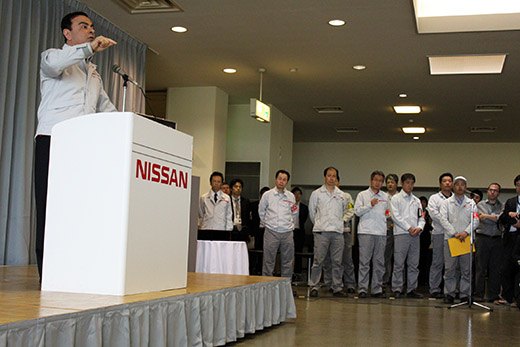
























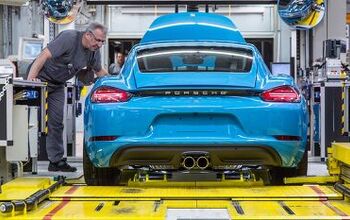
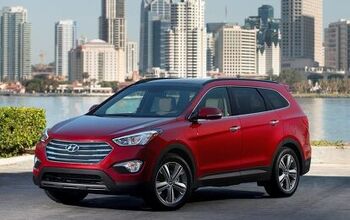
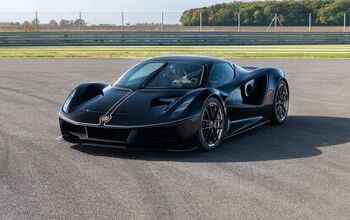

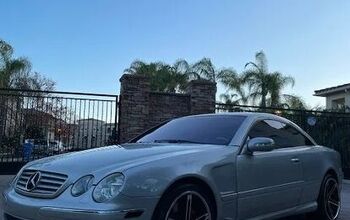
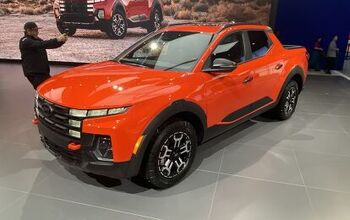
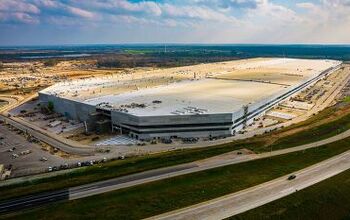
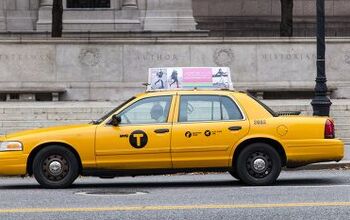
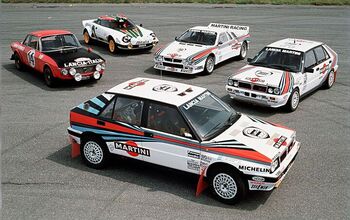
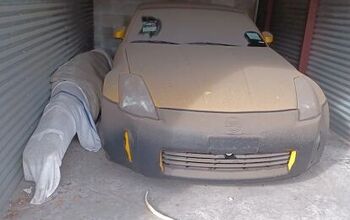

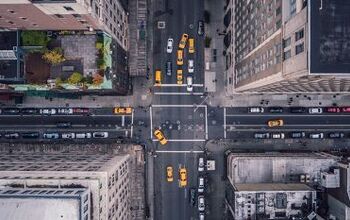
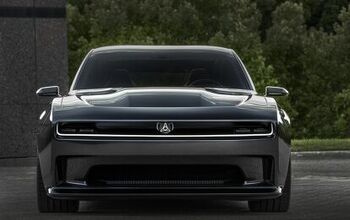
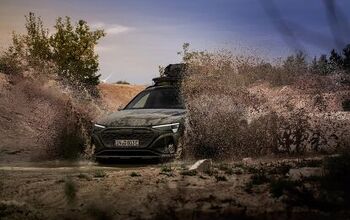
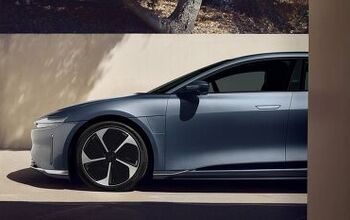
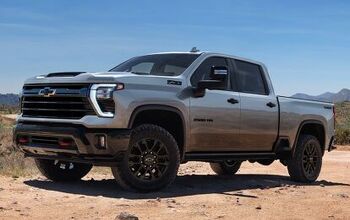

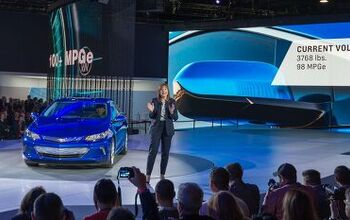
Comments
Join the conversation
chuckR, from what I've read so far, most of the contamination and extension of the exclusion zone is in the north-west of Fukushima Daiichi. That said, it is still spewing contaminants at a very low level, and it's still not under control or cleaned up. They just got around to admitting that there unit 1 is melted down and they can't keep water in it. Still, as long as things don't get worse then Iwaki is fine. Perhaps we should all remember that the only reason Tokyo (and more of the farmland of Tochigi) wasn't significantly contaminated is because the wind was blowing from the west the entire time. No country can afford to have its largest city or its food supply contaminated. Iitate beef is bye-bye forever, but Tokyo escaped. This time. I'm glad the plant is back in action. The last thing the people of Iwaki need is major businesses shutting down.
A bit of a dull subject, but your writing made it an entertaining read. Thanks, Bertel. That translator is kind of cute.